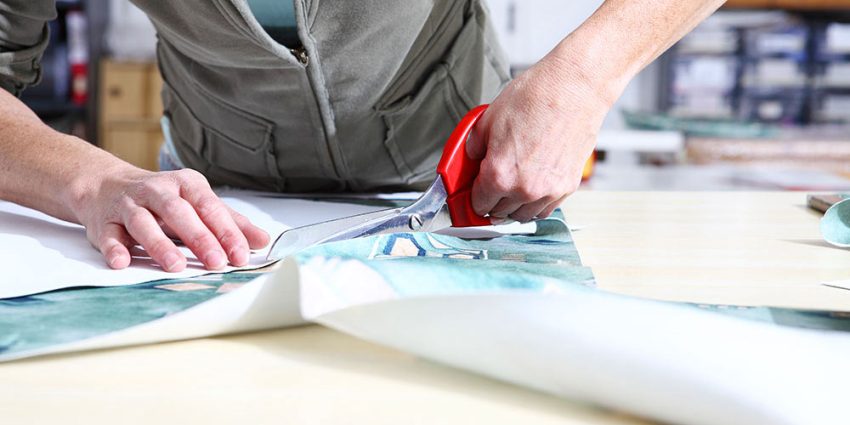Ever wonder how professional upholsterers transform a tired, old chair into a stunning piece of furniture? Upholstery is both an art and a skill, requiring a keen eye for detail and a steady hand. Whether you’re a DIY enthusiast or looking to elevate your craft, here are some insider tips and techniques that can take your upholstery projects to the next level.
What Makes Upholstery Professional?
Professional upholstery is all about quality craftsmanship and meticulous attention to detail. The pros ensure that every stitch, seam, and staple is perfectly placed. They work with precision, understanding that the small details make a big difference. This commitment to excellence is what sets their work apart from amateur efforts.
Essential Techniques for Successful Upholstery
Measuring and Cutting Fabric
Getting accurate measurements is the first step in any upholstery project. Measure your furniture carefully, noting every curve and corner. Use a flexible measuring tape for accuracy. When it comes to cutting the fabric, ensure your cuts are straight and precise to avoid wastage. A rotary cutter on a cutting mat can make this job easier and more accurate.
Sewing and Stitching
Different stitches serve different purposes in upholstery. Double-stitched seams add strength, while blind stitches provide a clean, invisible finish. When sewing, use heavy-duty thread and a sturdy needle designed for upholstery. Secure your seams well to ensure they withstand daily use.
Padding and Cushioning
Choosing the right padding is crucial for comfort and longevity. Foam, cotton batting, and polyester fiberfill are common options. Professionals often layer different materials to achieve the perfect balance of softness and support. Ensure your padding is evenly distributed to avoid lumps and bumps.
Attaching Fabric
Attaching fabric securely is vital for a polished look. Use a staple gun for the initial attachment, making sure the fabric is taut. Tacks and decorative nails can add a finished look and provide extra security. Work systematically to ensure the fabric is smooth and wrinkle-free.
Tools of the Trade
- Essential Upholstery Tools
A few tools are indispensable for any upholstery project. Staple guns and tack hammers are essential for attaching fabric. Fabric cutting tools like rotary cutters and fabric shears ensure clean, accurate cuts. Invest in a heavy-duty sewing machine capable of handling thick upholstery fabrics. - Specialized Tools
Pliers and tack pullers are handy for removing old tacks and staples without damaging the furniture. Cording tools help add decorative cording to your pieces, giving them a professional touch.
Tips for Professional Results
- Preparing the Furniture
Before you begin, strip off the old upholstery carefully. Remove all the old fabric, padding, and staples. Inspect the frame and make any necessary repairs to ensure it’s sturdy. A solid foundation is crucial for the longevity of your reupholstered piece. - Choosing the Right Fabric
The fabric you choose should be durable and suitable for the piece’s intended use. Heavy-use furniture requires tougher, more durable fabrics. When working with patterns, take extra care to match them up. Misaligned patterns can detract from the overall look. - Finishing Touches
The final touches can make or break your project. Trim excess fabric and finish the edges neatly. Inspect your work thoroughly, correcting any issues before considering the project complete. A keen eye for detail ensures a professional finish.
Common Challenges and Solutions
- Some fabrics, like stretchy or slippery ones, can be challenging to work with. Pinning the fabric before sewing can help manage these difficulties. Use a walking foot on your sewing machine to handle slippery materials better.
- Mistakes happen, even to professionals. Knowing how to fix them is key. If a seam is crooked, don’t hesitate to rip it out and start over. For minor tears, fabric glue or a small patch can be a quick fix. Learning from these mistakes improves your skills over time.
- Efficiency is essential for completing projects on time without compromising quality. Streamline your process by organizing your tools and workspace. Pre-cutting fabric pieces and having a clear plan can save time and reduce errors.
Conclusion
Professional upholstery requires quality craftsmanship, attention to detail, and the right tools. From accurate measuring and cutting to precise stitching and finishing touches, every step is crucial.
Don’t be afraid to dive in and start your upholstery project. Practice makes perfect, and each piece you work on will improve your skills. Remember, even the pros started somewhere.

